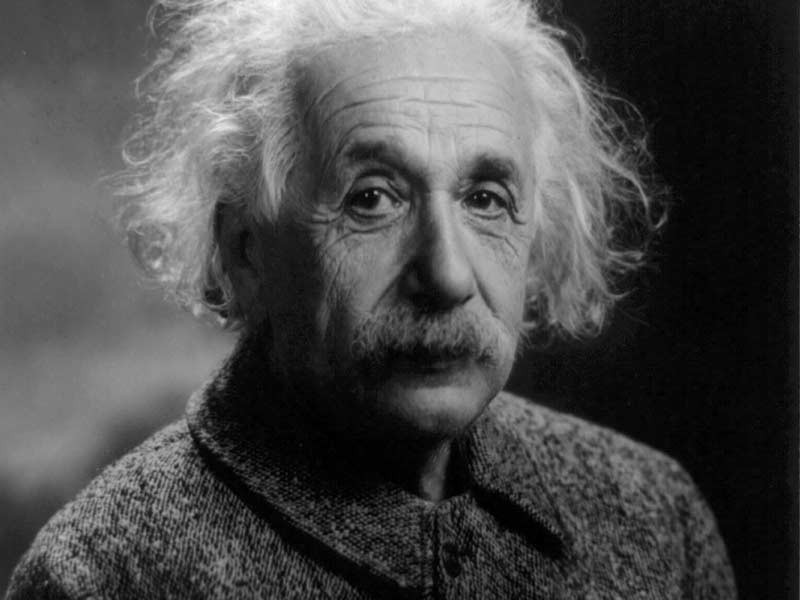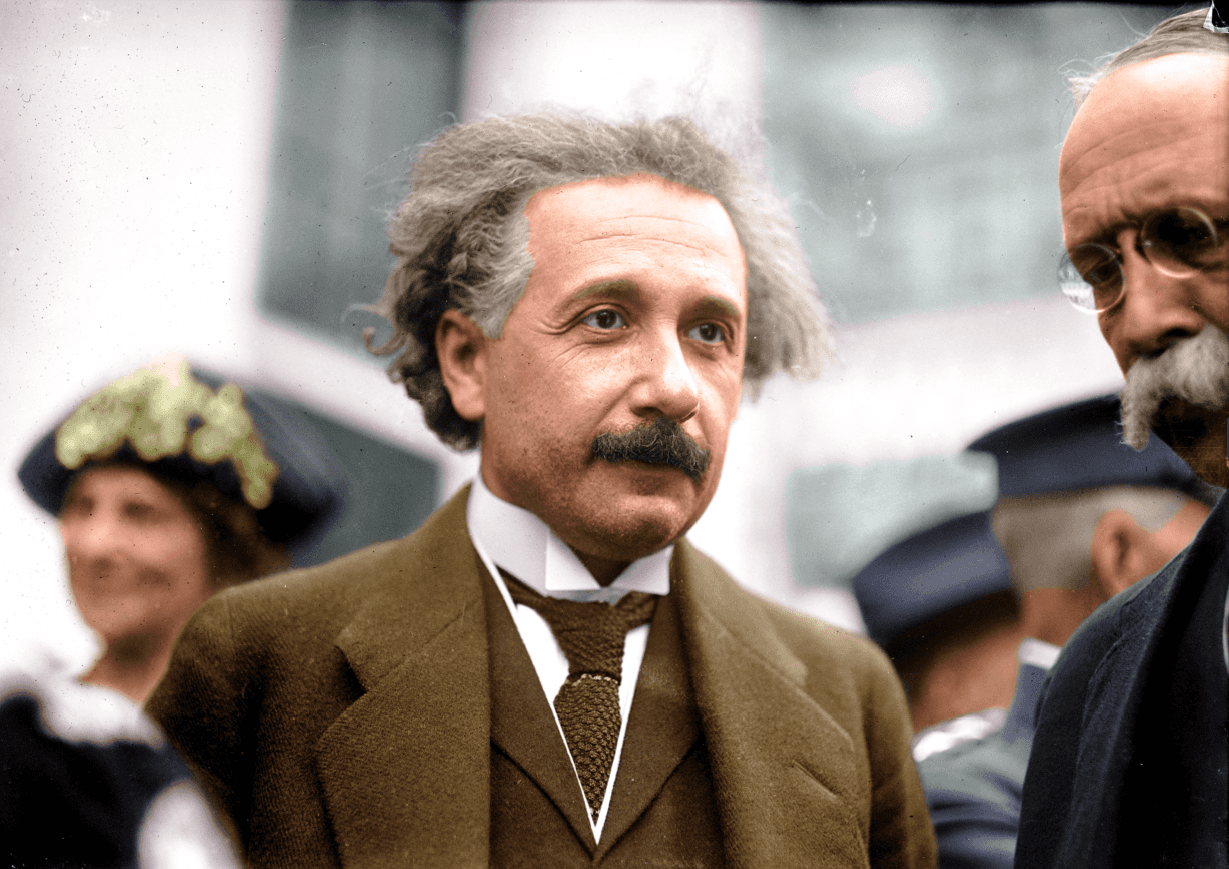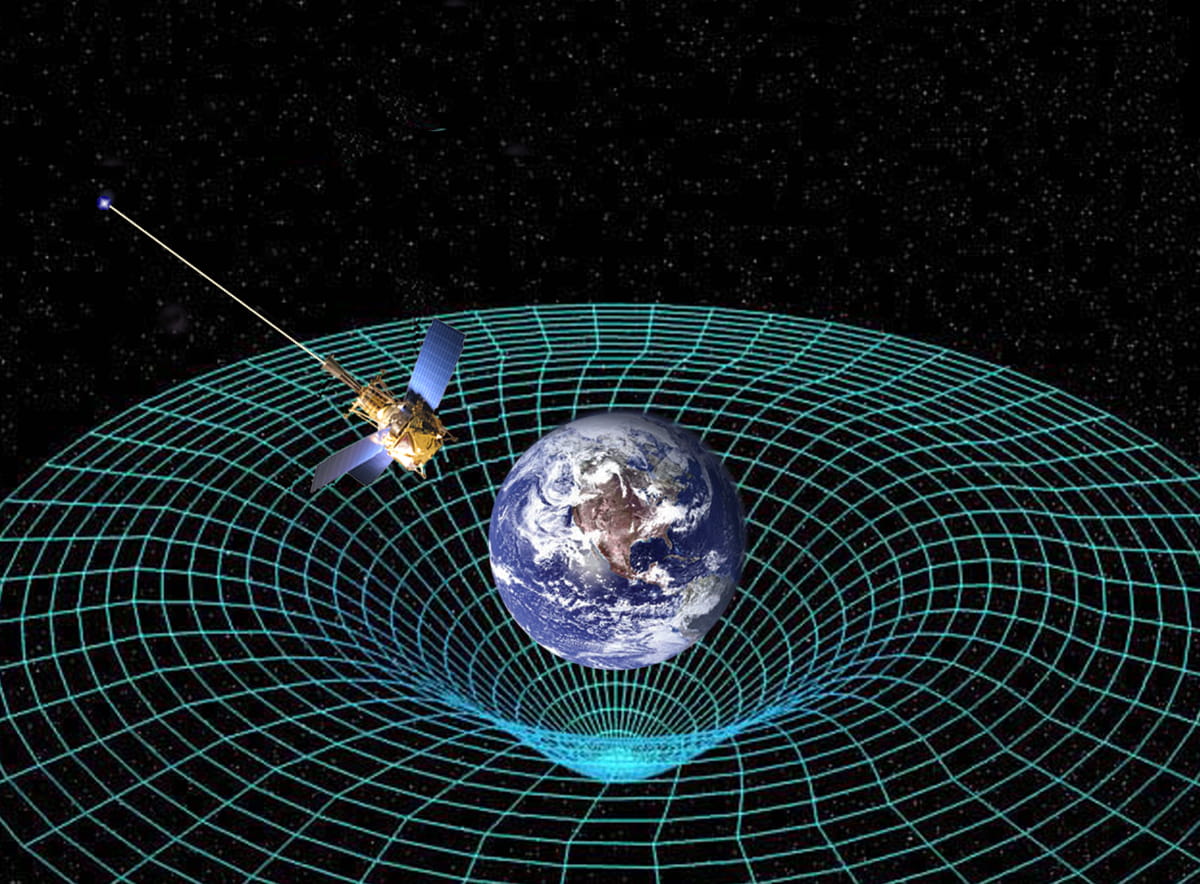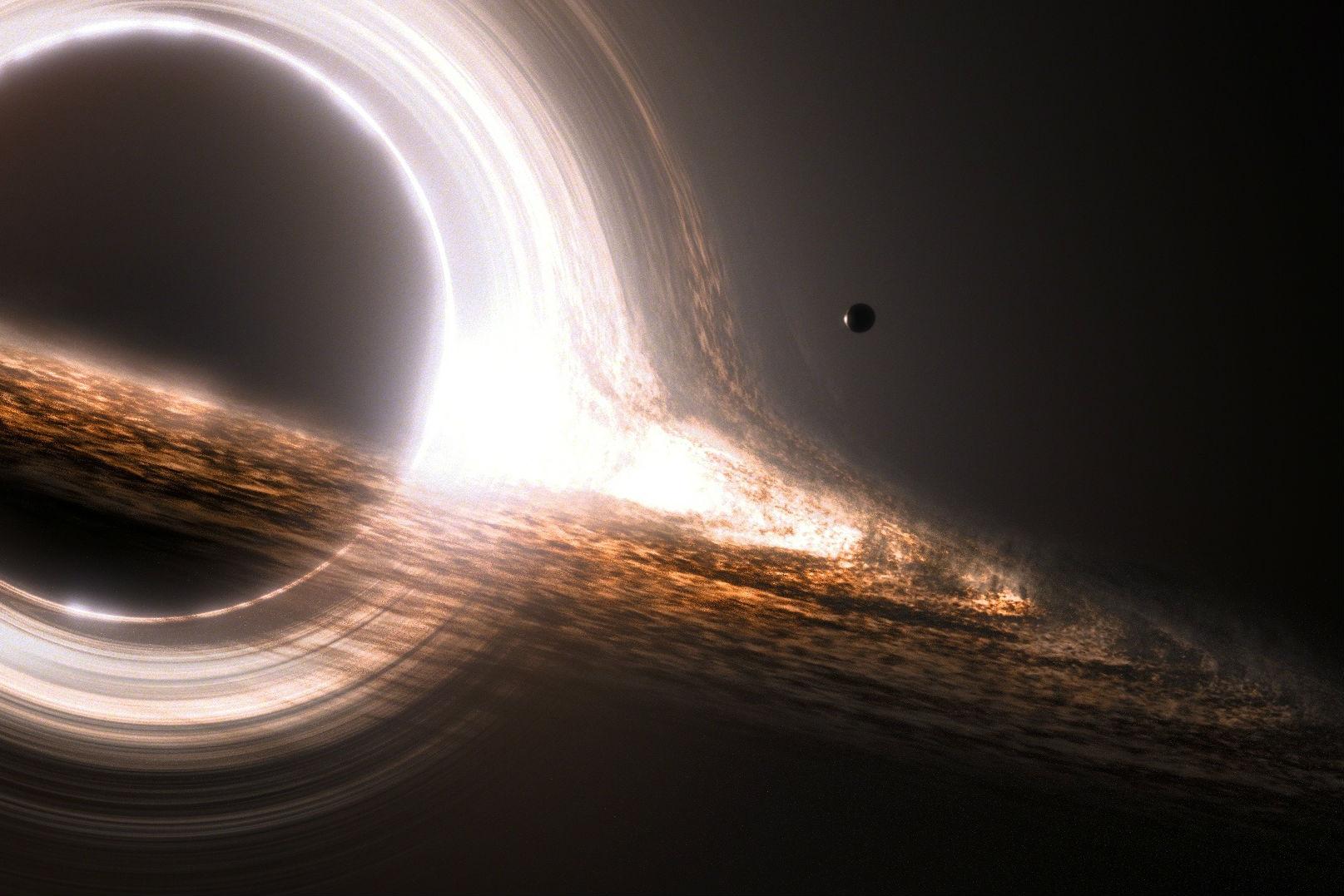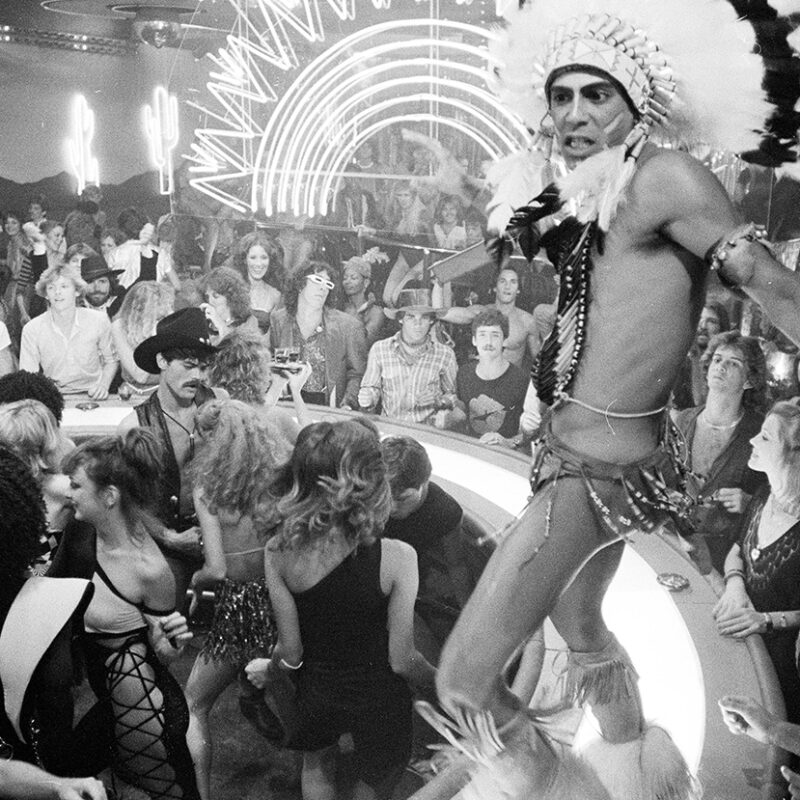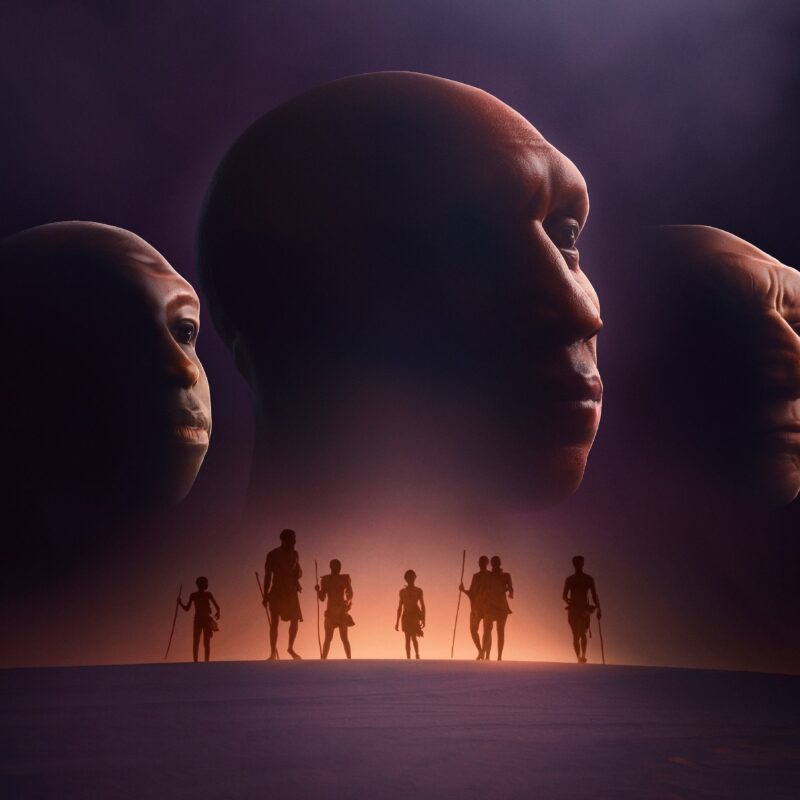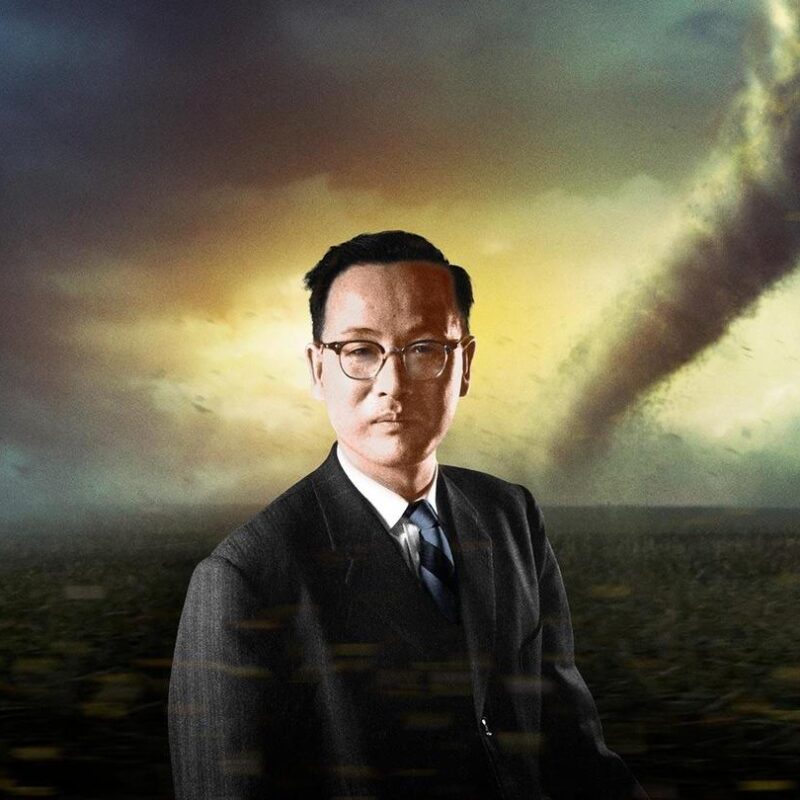description:
In May 1905, an unknown 26-year-old Swiss patent clerk wrote to a friend about four scientific papers he had been working on in his spare time. He casually alluded to one as “revolutionary,” and he confidently asserted that another would modify the “theory of space and time.” He had not yet started on a fifth paper that would also come out in 1905 and that would propose a surprising and earth-shaking equation, E=mc2.
episodes:
01. The Precocious Young Einstein
The aim of these lectures is to explore Einstein the whole person and the whole thinker. You begin with an overview of the course. Then you look at important events in Einstein’s life up to the beginning of his university studies in 1896.
02. The Development of the Young Physicist
This lecture follows Einstein’s early life up to his “miracle year” of 1905, covering his university training, his love for fellow student Mileva Maric, their marriage following the birth of their daughter, his fruitless search for an academic job, and his employment by the Swiss patent office.
03. The Birth of the Quantum Hypothesis
By his own account, Einstein’s most revolutionary idea of 1905 was that light is made of discrete chunks of electromagnetic energy called light quanta, or photons. You examine the background to this radical idea, most importantly, Max Planck’s proposal in 1900 of the quantum hypothesis.
04. Background to Special Relativity
The most celebrated of Einstein’s 1905 achievements is his special theory of relativity. You survey the classical physics that relativity overturned, particularly Newton’s concept of absolute space, which even before Einstein had critics such as the physicist and philosopher Ernst Mach.
05. Essentials of Special Relativity
You take a guided tour of the special theory of relativity, which holds that a system’s location and speed is well defined only with respect to a specific frame of reference or state of motion of an observer. This simple change of perspective led to Einstein’s signature equation, E=mc2
06. From Bern to Berlin
Between 1905 and 1914, Einstein went from being an obscure clerk in the Swiss patent office in Bern to being one of the most prominent scientists in the world. You follow this remarkable transformation and the toll it took on Einstein’s marriage to Mileva.
07. Background to General Relativity
Special relativity is “special” in the sense that it is restricted to observers moving with constant relative velocity. Einstein wanted to extend the theory to include accelerated motion. His great insight was that such a “general” theory would incorporate the phenomenon of gravity.
08. Essentials of General Relativity
According to general relativity, gravity is caused by the curvature of space-time, with surprising implications such as the slowing of clocks in strong gravitational fields and the bending of light passing near a massive object like the sun. The latter prediction led to a famous confirmation of general relativity and made Einstein a world figure.
09. From Berlin to Princeton
Einstein worked in Berlin from 1914 to 1933, arriving in triumph but leaving as a refugee from Nazism. The Berlin years saw the publication and confirmation of general relativity, the receipt of a Nobel Prize, and world travel, including visits to the United States, to which Einstein immigrated in 1933.
10. Philosophical Challenge of the New Physics
Relativity and quantum mechanics presented deep challenges to traditional philosophy. You explore responses by philosophers and the logical positivists, along with Einstein’s philosophical objection to the randomness of quantum theory.
11. Einstein's Philosophy of Science
Einstein stressed the crucial role of philosophy in physics, arguing that philosophy gives physicists the independence of judgment needed to make revolutionary innovations. In his own work, Einstein combined a deep respect for experimental evidence with a search for simplicity and beauty.
12. Zionism, Pacifism, and Internationalism
As Einstein’s growing physics reputation drew him onto a larger public stage, his social and political involvements expanded, encompassing a lonely protest against German war aims during World War I, an embrace of the Zionist cause, and strident advocacy of pacifism throughout the 1920s.
13. Einstein the Inventor and Musician
Einstein was an avid inventor of devices from airfoils to refrigerators. He consulted with industry about gyrocompasses and with the U.S. Navy about undersea mines. Playing the violin was another passion. Both activities shed light on his work as a theoretical physicist.
14. On the Road to the New Quantum Mechanics
Einstein made many contributions to the development of quantum theory. You focus on his efforts to understand the curious way in which two identical quantum systems, such as two photons, lose their separate identities in a phenomenon called quantum entanglement.
15. Quantum Mechanics and Controversy
Einstein was one of the discoverers of quantum theory, but after the mid-1920s he became its most forceful critic. You examine Einstein’s objections and his confrontations with fellow physicist Niels Bohr over what Einstein considered to be fundamental flaws in quantum mechanics.
16. Einstein in Princeton—The Lonely Quest
From 1933 until his death in 1955, Einstein lived in Princeton as a member of the Institute for Advanced Study. His research focused on the lonely and ultimately fruitless quest for a unified field theory that would unite electromagnetism and gravitation.
17. Is Quantum Mechanics Complete?
In 1935, Einstein and two collaborators, Boris Podolsky and Nathan Rosen, published what has since become the most frequently cited paper in the history of physics. You explore this celebrated thought experiment, known as the EPR paradox, in nontechnical terms.
18. The Expanding Universe
Einstein’s general theory of relativity is the theoretical framework for all contemporary work in cosmology. Black holes, the big bang, an expanding universe—all are implicit in the equations of general relativity. Ironically, Einstein at first mistrusted some of the most dramatic predictions of his own theory.
19. Einstein and the Bomb—Science Politicized
In 1939, Einstein signed a letter to President Roosevelt that launched the Manhattan Project to build the first atomic bomb. Scientists had long advised governments, but this effort represented a fundamental shift in the relationship between science and the state.
20. From the Manhattan Project to the Cold War
Einstein came to regret his role in the development of atomic weapons and spent the last decade of his life trying to rein in the ensuing arms race. One of his last public acts, the Russell-Einstein Manifesto, was arguably the first step toward international cooperation in arms limitation.
21. A Lifelong Commitment to Social Justice
Settling into his new American home in the mid-1930s, Einstein found a new challenge in the fight for racial justice. He took up this and other social causes to such an extent that in the early 1950s FBI director J. Edgar Hoover considered having him deported.
22. Visualizing Balance Points in Statistics
Einstein wrote often about what he termed “cosmic religion,” by which he meant the view that the rational order of nature itself inspires awe and humility akin to the religious spirit. He was strongly influenced in these views by the philosophers Baruch Spinoza and Arthur Schopenhauer.
23. Einstein and Modernity
This lecture explores the larger cultural world that responded so strongly to Einstein and his physics. The spirit of Einstein’s reformulation of physical reality is reflected in the artistic experiments of painters such as Pablo Picasso and Georges Braque and novelists such as Lawrence Durrell.
24. The Sage of Princeton—Einstein the Icon
The sheer intellectual brilliance called genius is central to Einstein’s iconic status, but the 20th century was populated with many brilliant scientists. Why did Einstein come to mean so much more? The course concludes by trying to capture the essence that made him unique.

